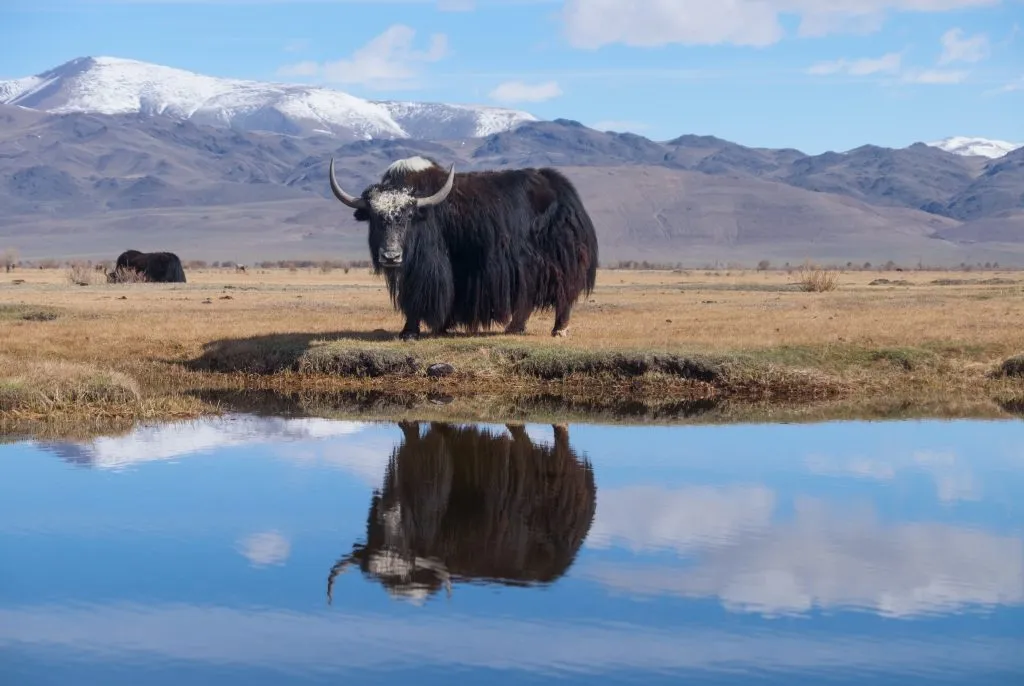CHR News Desk | New Delhi
Nearly one million species are currently at risk of extinction, with the United Nations University (UNU) drawing attention to the phenomenon of “co-extinctions.” This chain reaction occurs when the extinction of one species impacts another.
Ahead of the International Day for Biological Diversity on May 22, UNU’s latest ‘Interconnected Disaster Risks’ report spotlights this issue. One of the species at risk is the gopher tortoise, one of the oldest living species, found in the coastal plains of the southern United States.
Gopher tortoises play a vital role in their ecosystem, serving as “architects” by digging burrows that provide habitats for over 350 other species. These burrows range from 20 to 30 feet long and 6 to 8 feet deep, offering breeding and shelter spaces for various organisms. The potential extinction of the gopher tortoise could trigger a domino effect, jeopardizing the critically endangered dusky gopher frog, which relies on these burrows for survival.
UNU warns that intense human activities, such as land-use change, overexploitation, climate change, pollution, and the introduction of invasive species, are accelerating extinctions at a rate tens to hundreds of times faster than natural processes. Over 400 vertebrate species have been lost in the last century alone, with accelerated extinctions identified as one of six interconnected “risk tipping points” in UNU’s report. These points are reached when human actions prevent systems from buffering risks, leading to dysfunction.
The gopher tortoise-dusky gopher frog relationship exemplifies how interconnected species are within ecosystems. The extinction of a single species can disrupt vital ecological functions, potentially leading to the collapse of entire ecosystems. For instance, the endangered sea otter, which helps maintain Pacific kelp forests by preying on sea urchins, demonstrates how the loss of one species can have far-reaching impacts on biodiversity. Without sea otters, unchecked sea urchin populations devastate kelp forests, affecting over 1,000 species that depend on these underwater habitats.
Addressing the biodiversity crisis requires recognizing the interconnectedness of risks and solutions. The theme for the International Day for Biological Diversity urges support for the Biodiversity Plan adopted in 2022, aiming to halt and reverse nature loss by 2050. Goals include reducing the extinction rate tenfold by mid-century and restoring native species to healthy levels, said Zita Sebesvari, Deputy Director of UNU’s Institute for Environment and Human Security and lead author of the *Interconnected Disaster Risks* report.
“While adaptation strategies, such as restoring and protecting green corridors, offer some respite, addressing the underlying drivers of extinction is crucial,” Sebesvari explained. “Conservation efforts must extend beyond individual species to encompass entire ecosystems. Urgent and decisive action is needed to preserve the resilience of ecosystems and ensure the survival of our planet’s diverse web of life. Embracing nature as an integral part of our culture is essential for a sustainable future, as our fate is inevitably intertwined with the natural world.”
The International Day for Biological Diversity highlights the urgent need for comprehensive conservation strategies to protect and restore ecosystems, ensuring the survival of countless species and the health of the planet.




